by Gabe Scott, Cascadia Wildlands House Counsel
Ready for some good news? Last week our partners at Eyak Preservation Council announced that the major part of Alaska’s Bering River Coalfield, and the old-growth forest on top of it, has been permanently protected!
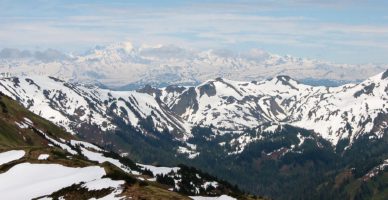
The Victory
The Bering River coalfield is located in one of the wildest and most productive on earth—the Copper/Bering River Delta wetland complex, along Alaska’s south-central Gulf coast. This is wild salmon, bear, wolf, eagle and raven country. Seals swim ice-berg choked rivers hunting King salmon. Ice-clad mountains rise almost straight out of the churning Gulf.
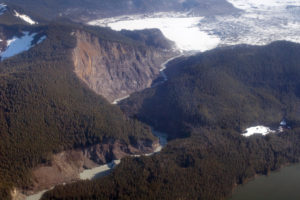
There are huge veins of coal, the largest tide-water coal deposit in the world, buried in the mountain ridges back of the wetlands. Coal mining there would have involved mountain-top removal in the headwaters of rich salmon rivers, extensive clearcutting of the old-growth forest, roads across the wild Copper River delta, and a deepwater port near Cordova.
The deal announced yesterday is that Chugach Alaska Corporation's coal and timber will be forever conserved, stewarded with a conservation easement enforced by The Native Conservancy. The owner, CAC, will generate revenue by selling carbon credits on California’s market.
Historic Victory for Conservation
This has been a long time coming. The Bering River coalfield is one of modern conservation’s seminal battles. In 1907 Teddy Roosevelt stuck his neck out to prevent J.P. Morgan from grabbing it in a monopoly. Gifford Pinchot was fired/ resigned in protest trying to protect it. Louis Brandeis, before being appointed to the supreme court, put his talents to work for the cause. Through the era of statehood, and Native land claims, and the park-creating frenzy of ANILCA, and the post-Exxon Valdez restoration deals, conservationists always tried but developers stubbornly insisted that the Bering River coalfield needed to be mined.
The coal is owned by Chugach Alaska Corporation, one of the regional Alaska Native corporations. (Rather than treaties and reservations, in Alaska the U.S. congress formed corporations and made indigenous people into the shareholders. Long story. CAC is one of these.) CAC selected the coalfield and the trees atop it with an eye to developing them.
After going bankrupt in the late 1980s, CAC lost part of the coalfield to a Korean conglomerate. Notably, that portion of the coalfield isn't covered by the deal announced last week, so it will need to be protected too.
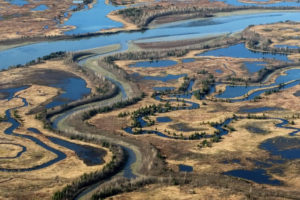
In the announced deal the Native Conservancy will hold the conservation easement, making it the steward in charge of protecting the land. Enforcement of easements is one of the major hurdles to private equity models of conservation, and this offers an attractive new possibility.
This victory also points to the inevitable reality of climate change and the future of carbon. California’s carbon market makes it possible economically for a company like CAC to realize a return on investment for conservation. Where there is money, deals will be made.
Lying politicians aside, global warming is real. The writing is on the wall for the carbon-heavy industries. When corporations look to the future, they see young people marching for climate justice, bringing their case to the courts and demanding sustainability. Especially for Alaska Native corporations like CAC, shareholders are keenly interested in avoiding climate catastrophe. The message is being heard!
A personal victory
This victory also marks a sweet sort of bookend to my own work running Cascadia’s Alaska field office, from 1998 until this past year. The first reason I went to Cordova, back in 1998, was to help Dune Lankard blockade the road that CAC was then actually building, across the Copper River Delta to access this coalfield and these trees.
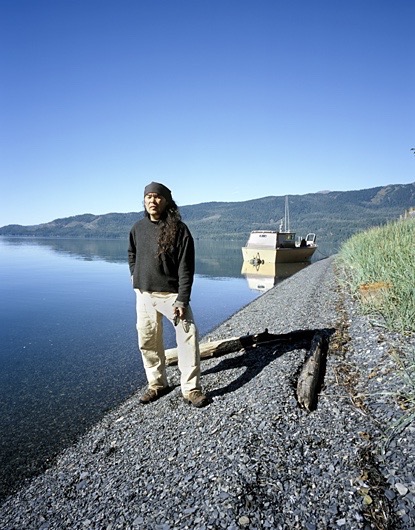
Without the deepwater port, without the access road, and without any oil discovery to attract new investment, conservation of the coalfield became more appealing.
While we are proud to have helped create the conditions for success, all credit for this victory goes to two heroes of the planet: Dune Lankard and Carol Hoover. Their dogged determination and visionary blend of indigenous and ecological justice has achieved what a century of environmentalists could not.
So, I am inspired, and so should you be!
The new president can take a long walk off a short pier. The train has left the station. The people are winning for climate justice, and we aren’t about to stop now.
After an incredible run in Cascadia's northern frontier based in Cordova, Gabe Scott recently moved back to Eugene with his family and is Cascadia Wildlands' House Counsel.

